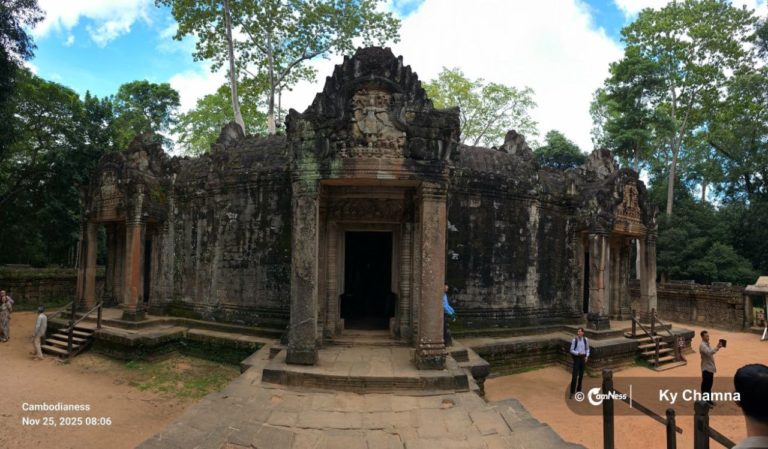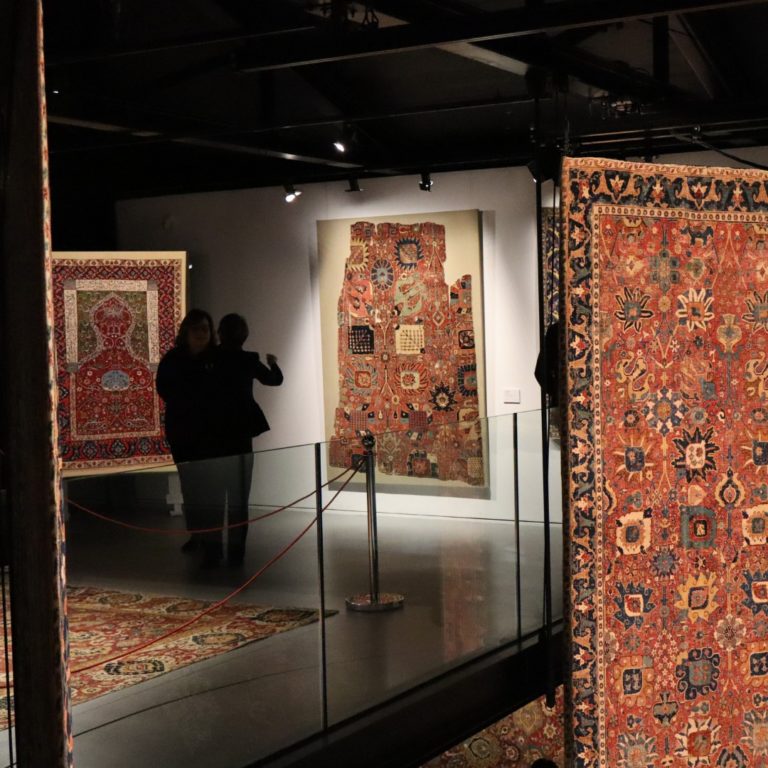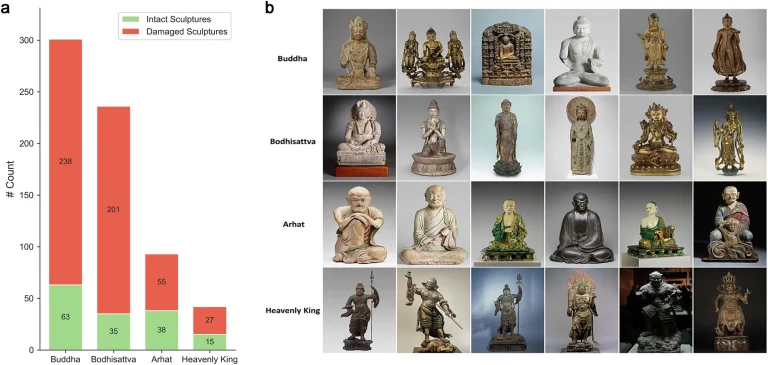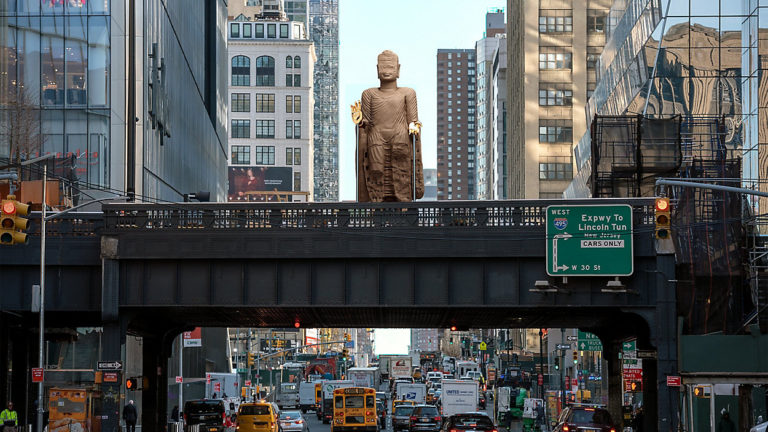Murouji has a fascinating history, with stunning sights that’ll linger in your heart long after you visit.

Most tourists who visit Nara head straight for the world-famous giant buddha and free-roaming deer at Nara Park, but those wanting to escape the crowds and explore off the beaten path will find beautiful gems on the Nara Yamato Four-Temple Pilgrimage.
The four ancient temples — Murouji, Hasedera, Abe Monjuin, and Oka-dera — are all located in Nara’s Yamato region, and each one has a long and fabled history stretching back to the days when Nara Prefecture was known as Yamato Province, the birthplace of imperial rule.
One of the most impressive temples is Murouji, which goes by both “Muro-ji” and “Murouji” in English by official sources. Located around 90 minutes by train from Nara Park, our reporter Egawa Tasuku was able to visit recently on a press tour organised by Central Japan Railway Company (JR Tokai), and he says it’s one of the most beautiful sites he’s ever seen.
Please allow ads on our site: If ads are blocked, images will not be displayed and other functions will be limited.
SoraNews24 strives to ensure that ads do not interfere with the reading of articles.
We appreciate your contribution to our operating fund.
The pilgrimage temples are currently growing in popularity after being featured in Hikaru Kimi e, the current year-long historical taiga drama series depicting the life of Murasaki Shikibu, the Japanese female poet and novelist who wrote The Tale of Genji, one of the world’s first novels.
Murouji’s history is particularly important for women, as it was one of the few religious sites to accept women as pilgrims back when it was frowned upon. In fact, it still goes by the name “Nyonin Koya“, or “Mt Koya for Women“, given that prior to 1872 women were banned from entering Mt Koya, home to the ecclesiastical headquarters of the local sect of Shingon Buddhism, to avoid leading male monks astray.
Today, Murouji Temple is the head temple of the Murouji sect of the Shingon Buddhism, and it’s home to a number of National Treasures and Important Cultural Properties.
▼ One of the National Treasures is Kon-do Hall, which was built in the mid-9th century.
Please allow ads on our site: If ads are blocked, images will not be displayed and other functions will be limited.
SoraNews24 strives to ensure that ads do not interfere with the reading of articles.
We appreciate your contribution to our operating fund.
As one of the oldest structures at Murouji, this building has a very dignified and impressive facade, but when viewed from the side, the fascinating shape of the roof reveals itself. This building was constructed in the yosemune-zukuri style, where the roof features a technique called Kokera-buki, a construction method that involves layering wood shingles on top of each other.
Please allow ads on our site: If ads are blocked, images will not be displayed and other functions will be limited.
SoraNews24 strives to ensure that ads do not interfere with the reading of articles.
We appreciate your contribution to our operating fund.
The Hall houses another National Treasure, The Standing Statue of Chuson Shaka Nyorai (“釈迦如来立像”), a 234.8-centimetre (92.4-inch) tall wooden Buddha that dates back to the early Heian Period (794-1185). The figure is surrounded by eight other Buddhist statues, all of which are Important Cultural Properties, with the main two being Bodhisattva Yakushi and Bodhisattva Monju (also dated to the Heian Period), and six of the Wooden Standing 12 Guardians, which are approximately a metre high and date back to the Kamakura Period (1185-1333). Each guardian displays a Chinese zodiac animal on their head, with this Hall enshrining the guardians of Rat (“子”), Ox (“丑”), Horse (“午”), Monkey (“申”), Dog (“戌”) and Boar (“亥”).
▼ Photography is prohibited inside the hall, but this sign shows you the setup of the display.




